6. Noriko Trilogy (Yasujiro Ozu)
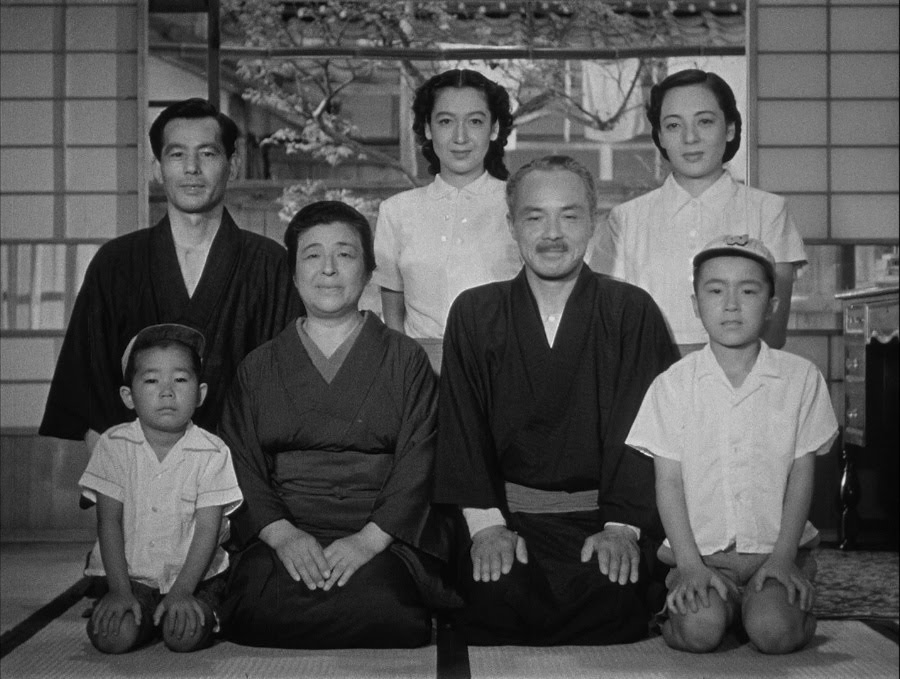
The three Norikos of Late Spring, Early Summer and Tokyo Story are often referred to as the ‘Noriko trilogy’, for the seemingly obvious fact that the lead actress of each of these films, Setsuko Hara, plays a young woman named Noriko. The three Norikos are not related in any way(like Noriko only the names of some characters of the three films are same)but it may be possible that there is a common thematic element that Ozu was trying to draw our attention to by keeping the same name for the heroines of all three films.
Of the three characters, the Noriko of Late Spring seems to be the most complicated. Here she is the grown-up daughter of a widowed father. They live together amicable and happy. Noriko is not very interested in tying the knot and starting a life of her own. But, soon, society’s prejudices overcome them and her father is convinced that he is being selfish by keeping her at home with him, even though this is what they both want. This play out to its logical conclusion, and in true Ozu fashion, the ending is quietly devastating.
The Noriko of the second instalment, namely Early Summer is where our heroine lives with her extended family. In Tokyo Story the pressure comes not from her own family but from the family of her husband, who perished in World War II.
Furthermore, each film of the ‘Noriko trilogy’ is cinematographically similar. Ozu’s shots elucidate simplicity and stillness; there is virtually no camera movement (tracking, zooming etc.), almost every shot is of medium-length and medium-take, and the evenly spaced cuts maintain a consistent pace from the beginning to the end of each film. Moreover, Ozu positions the characters in a similar manner throughout each film; even the angle, shot-length, and shot-take are alike in each film.
7. Trilogy of Silence (Theodoros Angelopoulos)
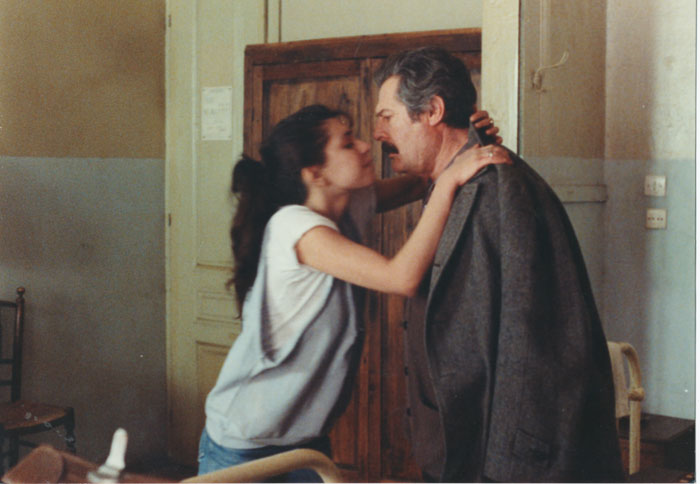
For Theodore Angelopoulos all these three films marked a significant shift to more personal and individual stories set in contemporary times. In Voyage To Cythera Spyros, an elderly Greek man exiled for being a communist after the end of the civil war, returns after 32 years from Tashkent in the hope of reconciling with his past, only to find that he now feels like a stranger in his own homeland.
Each of these three films involves journeys. The narrative of Voyage to Cythera provides a structural metaphor for a displaced father (who, like Angelopoulos’ long-absent father, is also named Spyros) attempting to accept the harsh truth that in the wake of devastating wars, abandoned villages, and commercial development, the idea of home has become a myth.
The Beekeeper takes stock of a middle-aged separated schoolteacher named Spyros (Marcello Mastroianni) who, dispirited by the loss of his beloved daughter through marriage, embarks on a southward journey to an undefined, instinctual springtime migration. Desperately attempting to connect with the realities of an unfamiliar modern world Spyros represents the lost generation of Greeks who, like Angelopoulos’ father, have become anecdotal relics within their own country.
Landscape in the Mist is a journey towards a mythical origin as two siblings, Voula and Alexander’s attempt to find their unknown and essentially nonexistent biological father who, their mother evasively explains, lives in Germany. This children’s odyssey is an existential quest for ancestral identity and community.
8. The Salta Trilogy (Lucresia Martel)
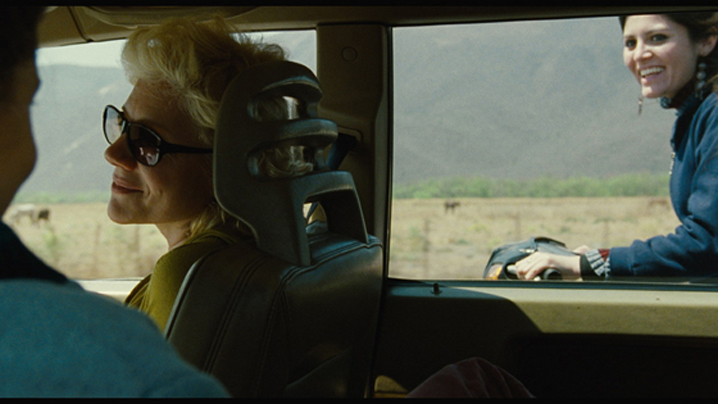
Lucrecia Martel’s first three films, with their allusive, atmospheric, richly sensory style, established her as one of Latin America’s most important and original filmmakers. These three films, because of their loose thematic connections and their deep roots in her native Salta, a hilly northern province is sometimes called the Salta trilogy.
The films are autobiographical in nature, originating from formative memories and focusing thematically on “the transmission of dysfunctional patterns of behaviour across generations.”
The films tell the stories of motherly individuals in the midst of some form of personal crisis. In The Swamp, Mecha (Graciela Borges) drinks herself into oblivion while her teenage children and servants assume the responsibilities of running their decrepit rural homestead. While she nurses an injury, the children drive cars without licenses, hunt using guns and machetes, and tease one another incestuously.
Mecha admonishes her children and servants in turn, while lamenting her ruined cleavage. Her greatest fear is that she will end up like her mother, who had taken to her bed one day and refused to leave it again until the day she was buried. In The Holy Girl, when the 14 year old voluptuous Amalia is groped by a doctor on a crowded street, she takes it as a divine signal to save his soul. Co-incidentally he lands at the hotel run by her mother, where this nymphet relentlessly stalks her molester to his salvation, or his doom.
Vero (María Onetto), the protagonist of The Headless Woman, is perhaps the most enigmatic and ambiguous of all Martel’s female characters. Psychologically affected after a hit-and-run case on a remote road, Vero struggles to reinsert herself back into her normal life, before eventually confessing to her husband that she thinks she has killed someone.
The way she uses off screen space to create thematic layers within the narrative, can clearly be traced back to her formative years when she used to film everyday life of her large, middle-class family.
9. Living Trilogy (Roy Andersson)
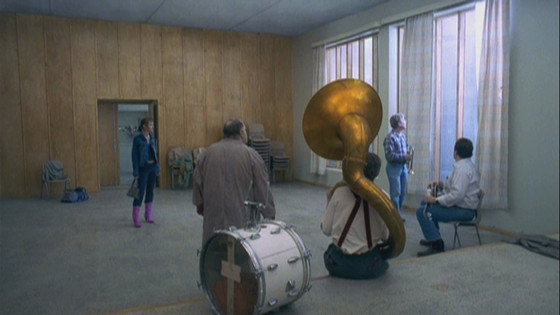
Roy Andersson, one of the most distinctive film directors working today is a humane advocate of the virtues of the absurd. His mission: to represent the common man who symbolises all of us.
Songs From the Second Floor opens with a man, Lasse (Sten Andersson), as he is seen off to work by his wife. Next he is seen grabbing his boss’s legs as he begs not to be fired after 30 years’ service. Following this, an elderly magician (Lucio Vucino) performs a sawing-a-man-in-half trick on stage — with disastrous results.
Finally, a protagonist appears – the middle-aged Kalle, who has set fire to his furniture store to claim the insurance. But sadly he’s chosen a bad time. The unnamed metropolis has come to a standstill with a citywide traffic jam, citizens are taking their anger to the streets. Kalle then comes across a friend who sells crucifixes. From here, the film starts to unravel in a bewildering series of vignettes that mixes religion, big business and human despair in an apocalyptic scenario.
The second in the trilogy, You, the Living is a loose collection of absurdist vignettes set in a dull, gray city full of depressive, quirky people. It is a film about the possibility of finding some happiness in this life. A truck driver has a nightmare about breaking some antique dishes, Anna is obsessed with the local rock band guitarist Micke, she dreams that they are married and living in a moving house. Often, there is a subtle socio-political underpinning to Andersson’s tableaux in which their opportunities for pleasure and genuine human connection are scarce.
As with its predecessors, The Pigeon Sat on a Branch Reflecting on Existence is a succession of hallucinatory scenes, each depicting a world of Beckettian loneliness and hyper-real drabness. His characters try to sell joke-shop novelties to various retail outlets – people who live in a flophouse where the lights go off in segments along the corridor, as in a horror film. His theme of “being a human being” is shown in absurdist episodes inflicted by European colonialism.
10. Refugee Trilogy (Ritwik Ghatak)
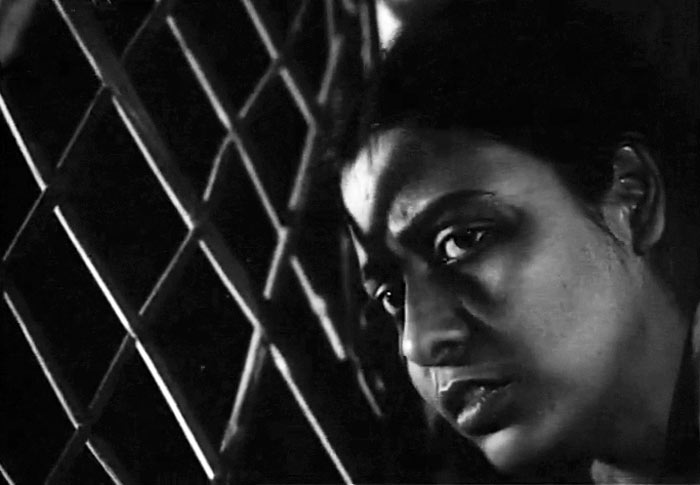
The partition of Bengal in 1947 affected Ritwik Ghatak deeply. This flood of refugees, the cultural dismemberment and exile shaped the volume of the creative works of the director and screenwriter. Meghe Dhaka Tara is the first from the Partition trilogy by Ghatak, the other two being Komal Gandhar and Subarnarekha.
Meghe Dhaka Tara happens to be the most acclaimed film of Ritwik Ghatak and not without reason. This rural drama can be considered a meditative take on poverty and family dysfunction in a refugee slum of Calcutta. This film, realistic to the point of being almost cruel, treats ideals and sentiments as luxuries. The director instead decides to use outdoor locations, unrealistic lights and shadows and a peculiar form of editing, with violent jump cuts and clashing compositions.
Set in Calcutta, Komal Gandhar, the second film of the Refugee Trilogy opens with a night-time performance addressing the partition of 1947. A character in the play-within-the-film asks, “Why should I move from my beautiful home by the river Padma?” An answer comes: “For food”:hope of survival. Subarnarekha opens at a refugee camp in Calcutta where brother and sister Ishwar and Sita end up along with Aviram, a low caste boy.
The educated Ishwar soon gets a job. But from then on, things change. Ishwar becomes caste-conscious. He rejects Aviram, the low caste boy to marry his sister Sita. Ishwar tries to marry her off by force to which the lovers react by fleeing to Calcutta and getting married.
Later, after a few years, Aviram is killed leaving Sita alone with their 5 year old son Binu. Back in Chhatimpur, Ishwar has been on his own, guilt-ridden and sombre. He decides to end his life but is interrupted by a ghost from his past: Hariprasad, who’s lost everything as well and has come to see the old “deserter”. Ishwar leaves the river’s edge to follow his old enemy. They come to Calcutta where they drink, ending up at a brothel.
There, he is led to a girl, who turns out to be his sister Sita. Seeing him, she slices her throat before he can touch her. He then recognizes her and breaks down. The epilogue happens two years later after a legal struggle has proven him innocent of his sister’s death. Consequently, he gets custody of Binu and a chance at redemption by atoning for his sins. Though the movie didn’t meet with commercial success, it is recognised as one of Indian cinema’s undying masterpieces.
Author Bio: Having relinquished his job as creative director, Neel Choudhury is now a full time yogi and screenplay writer. He lives in Pune, India.